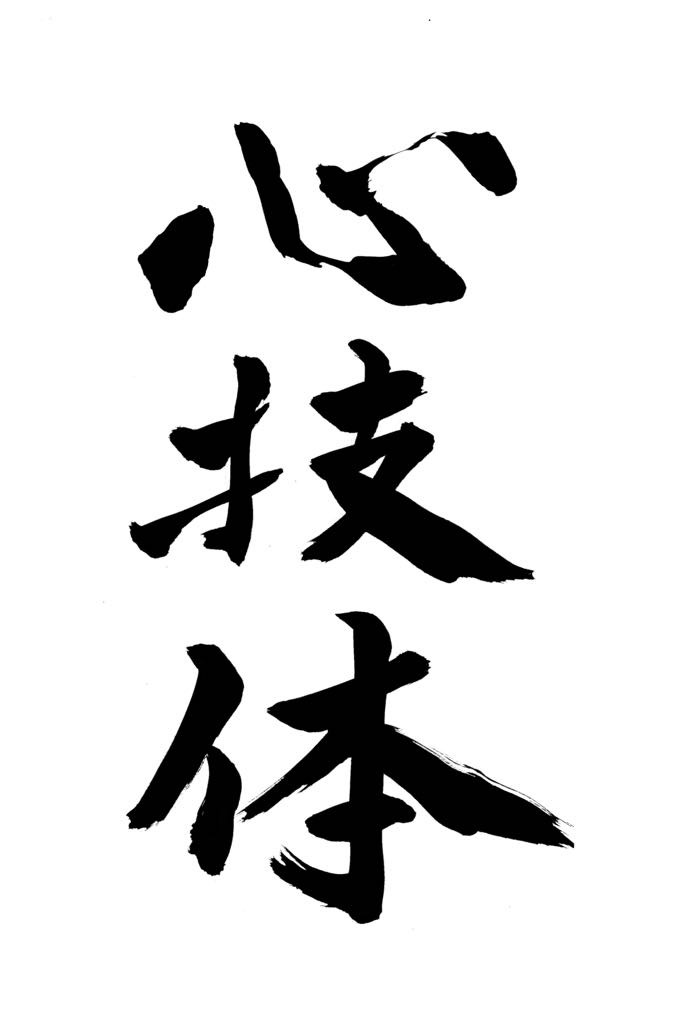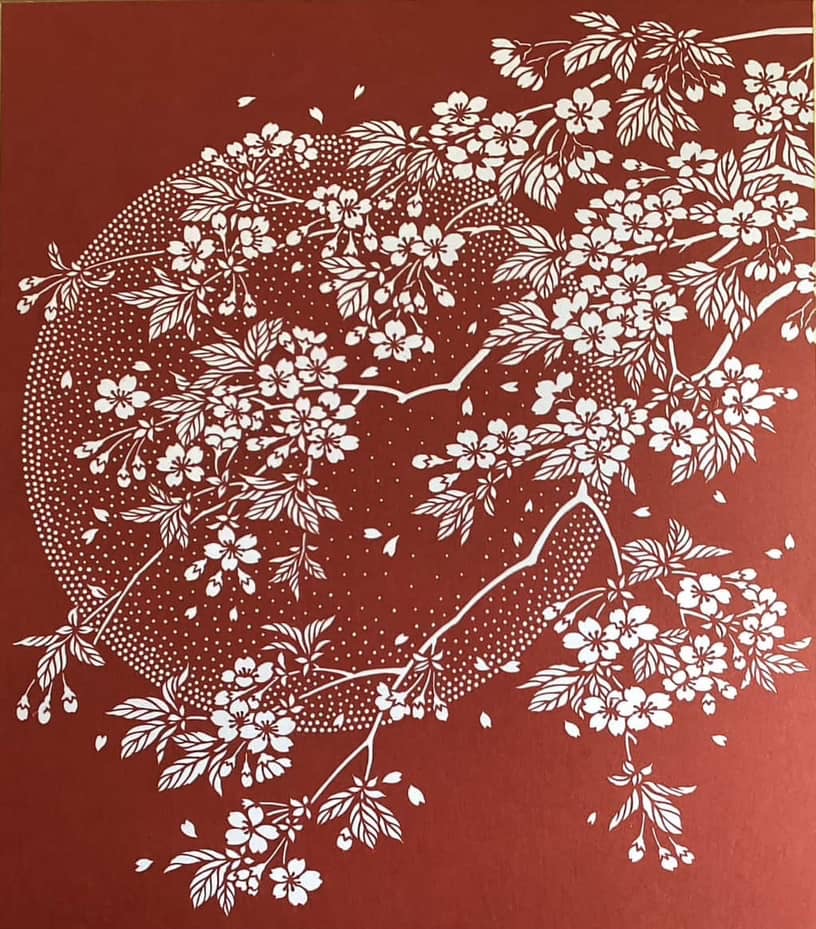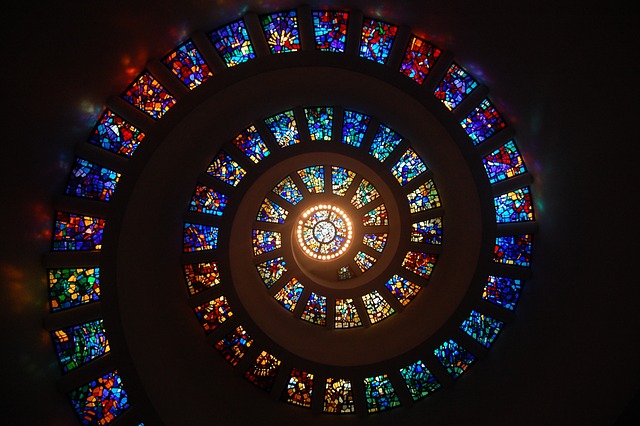
Over the past two years, I have explored the theme of “washi” (traditional Japanese paper), meeting many wonderful people along the way. Two years ago, the world was enveloped in a sense of confinement due to the pandemic, making it difficult to go outside. It was during this time that I came across a piece of “washi” art on my computer screen, and I felt a warmth that touched my heart. It is no exaggeration to say that I experienced healing.
Since then, I have had the privilege of meeting handmade washi artisans, woodblock printers, Ise-katagami stencil carvers, and photographers specializing in washi art during my visits back to Japan. Each encounter took me across the country, deepening my appreciation for traditional crafts.
The reason behind these meetings was my desire to introduce traditional Japanese art to New Zealand.
In Japan, such cultural treasures are so commonplace that their true value can often go unnoticed. If I had stayed in Japan, I might never have developed such an interest. Living overseas, however, has given me the opportunity to rediscover the beauty of Japan. It is only through comparison that we can truly recognize these differences.

As someone living abroad, I began to wonder if there was something I could do. My desire was to let people know about the existence of these traditional arts, to share their beauty, and to help others enjoy them.
I reached out to existing organizations and individuals, visited local galleries and art shops, and worked within the limits of my environment to advance my efforts both in Japan and New Zealand.
Yet just a few weeks ago, as I was about to register a new cultural and artistic exchange organization, the process came to an unexpected halt. Although there is much I could say, I will simply conclude that the timing was not right.
Perhaps, if such an organization is truly needed, it will naturally come to fruition at the right time.
Looking back over the past two years, I realized I had been unable to fully grasp my own actions. My interests were not singular. While I was deeply immersed in traditional crafts and art made from washi, I was also visiting people practicing natural farming methods, discovering new connections in music, and exploring other areas.
The blog, “Learning from Harmony, Wa” (Wa no Manabi ), reflects this diversity. It is not focused on one particular theme but rather proposes a lifestyle inspired by traditional Japanese culture and philosophy, with the goal of enriching the heart and spirit.
However, this diversity has made the core message of the blog somewhat unclear, likely leaving readers confused.
I began to ask myself: what do I truly want to convey? Gradually, it became clear that the answer was “healing.”
The “healing” I refer to is not a temporary or materialistic form of relief but something that deeply soothes the heart. I reflected on the warmth I felt two years ago when I first saw a piece of washi art on my computer screen. What was that feeling? I remember distinctly sensing a comforting energy emanating from the artwork. It healed my heart and gave me energy.
Thus, “Wa no Manabi” has naturally evolved into a platform centered on “energy and healing,” encompassing a wide range of topics: traditional culture, art, everyday living (clothing, food, and housing), medicine, the environment, and agriculture.

Healing encompasses not only the physical recovery of the body from illness but also the restoration of unseen energies to a harmonious state. Society often focuses on curing physical ailments, but both humans and nature are naturally predisposed to health and balance.
Why, then, do we fall ill? It is because we have drifted away from our natural state. Modern living distances us from nature’s energy, making it difficult to benefit from its gifts.
Chemical medicines can provide a trigger for healing, but they do not possess the power to heal. That power resides only in our own natural healing ability—our connection to nature’s energy.
It is therefore essential to fundamentally reexamine what nature truly means.
Healing can be approached from both physical and mental perspectives. For example, medicine is a physical tool. When it alleviates pain, one might also feel mentally relieved, leading to recovery. The placebo effect, where belief in a medicine’s efficacy leads to real healing, highlights the significance of the mental aspect.
In essence, mental elements play a dominant role in healing. However, most treatments today address only the physical. Even though therapies like psychotherapy exist, few spiritual or religious practitioners scientifically discuss the true energy of healing.
I recently learned about art therapy, which is used for rehabilitation, developmental support for children with disabilities, dementia prevention, and psychological healing through creative expression.
In countries like the United States and the United Kingdom, art therapy is widely practiced in medical, welfare, and educational settings by professional art therapists.
Although I am not fond of the word “therapy,” the concept of art therapy resonates deeply with me.
Humans express themselves naturally in countless ways. Every person is an artist in their own right, using their heart as the source of expression and art as the medium.
Creating this blog, “Wa no Manabi” was my way of rediscovering the joy of outward expression after many years. Writing, painting, or any form of creative output is a natural act for humans.
When forced into rigid frameworks of “shoulds,” we drift from our natural state, losing energy. By choosing a medium that resonates with us, we can engage in free expression, unlocking effective and transformative healing.
It’s not just washi art. Japan has countless traditional crafts that transcend functionality and move into the realm of fine art, touching the soul.
Most washi is made from natural plant materials, crafted by artisans and artists who pour their skill and energy into their creations. The harmony of natural energy in the materials and the energy imbued by the artist gives rise to a single, cohesive piece.
Such works convey an unmistakable energy, deeply moving the viewer.

The Japanese phrase “Shin Gi Tai” (mind, technique, and body) captures this balance beautifully. Without it, such masterpieces would never be born. I prefer to call it “Shin Kami Waza (Gi ) Tai”—”divine technique”—for the extraordinary skill that makes the work seem almost otherworldly.
Meeting these creators fills me with joy. Their works exude purity, untainted by human distractions, embodying the perfect balance of “Shin Gi Tai.”
Whether as creators or as viewers, people can find healing through this balance. Powerful art pieces displayed in daily spaces can transform the energy of the environment and provide solace.
At a traditional Japanese house in Kanagawa, I have spent the past year exploring my direction. Finally, I have found clarity. I am determined to create a space and time that offers comfort, meaning, and healing for creators, viewers, and all those who engage with it.